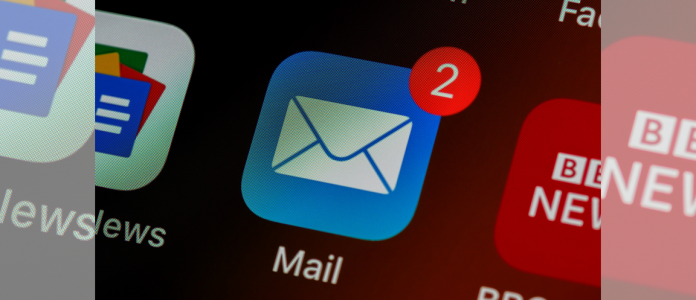How many newsletters do you actually open in your inbox and read from beginning to end? Probably not that many. So is it worth doing at all, then? Absolutely, yes!
Newsletters are a powerful marketing tool, if you are doing it right. We’ve got ten tips to help you make your newsletter stand out:
- Create a manageable plan of action…and stick to it
Implementing a solid newsletter strategy is the first step in creating excellent content for your subscribers. Start your planning process by asking yourself these questions:
- How often will you send out newsletters?
- What time will each one go out and on what date?
- How many articles will go into your newsletter, and will these be based on a theme or not?
- Be authentic, write with emotion
Nobody wants to get a newsletter from a company they follow that reads like ChatGPT threw it together. Be authentic in your writing – you know your audience, so take the time to plan the content of your email and write it yourself.
- Every line matters – especially your subject line
Capture your subscriber’s attention with a subject line that stands out and encourages your reader to click on your newsletter. Without a catchy subject line, your newsletter will probably get lost in the inbox with all the other unopened emails. Use this moment to showcase your brand’s personality. Try these subject line tips:
- The organisation, Catchafire, made a mistake in a previous mailer, so they sent a follow-up email with the fun subject line, “Whoops – we hadn’t had our coffee this morning”, after which it apologised for the earlier error.
- Give your subject line some serious thought before compiling the newsletter. According to SEO company Launch Space, “Your subject lines should be shorter than 50 characters.” People open their emails on different devices and a long subject line may cut off on a cellphone, for example, meaning the full message is lost.
- According to this Campaign Monitor article on subject lines, “emails with shorter subject lines are more likely to be delivered. Second, brevity creates an air of mystery”.
- Stick to your look and feel
The banner will be the first thing people see when opening the newsletter, so make it work for you and keep it consistent. . Are you a brand that uses busy, colourful animated images, or more conservative classical lines? Stick to your brand’s corporate identity.
- Buttons are your friends
Newsletter call-to-action (CTA) buttons are an excellent way to move readers from their inbox to your website, a landing page or your social media accounts, or into a conversation with your company. Design your buttons to stand out and really think about how you label them. Yes, there’s a time for the simple “Read more” button, but equally there’s scope to add detail: “Read more about our upcoming Flow Connect.”
If you’re unsure of how many CTA buttons to include in your newsletter, this tip from Hubspot is excellent: Let there be one head honcho CTA – just one main thing that you would like your subscribers to do. The rest of the CTAs should be ‘in-case-you-have-time’ options.
- This is not the platform for a hard sell
Many email inboxes are already busier than a local mall on the Saturday morning after payday. Newsletter readers have subscribed to your mailing list because they want to read your updates – but quickly. Use this form of marketing to nurture relationships with your clients, not to force a sale.
- Play with the layout
Make use of a newsletter template and have some fun! Does an image look better cropped? Should the image come first, followed by the text and then the button? Or can this be switched up? Take control of your template and understand the various layout options and how they can benefit you.

- Test the tech, check the content
How will your carefully crafted newsletter look in a Gmail inbox vs. iCloud? And how will it look on different devices? Test the tech – send yourself the email and check if the layout and content still look good, and that the newsletter works as intended. Once the tech has been checked, go through the entire email and check spelling, grammar, hyperlinks, tone and overall layout. Your brand’s reputation is important, and you don’t want to hurt it by letting errors creep in.
- Make use of an email service provider
Email service providers like Campaign Monitor or Mailchimp help immensely when it comes to offering email templates, helping schedule mails, and they do the heavy lifting when it comes to distribution of your emails. They also assist with customer relationship management (CRM) by helping you organise your audience into different mailing lists, for A/B testing, for example. They also provide excellent metrics on who has read your mails and what they are most interested in.
- Let metrics guide your content
Spend some time checking the reports that are generated once a newsletter has been sent and opened to see which content performed best, which links had the most clicks and which CTA buttons drew the most engagement. This gives insight into content that interests your subscribers and content that may be falling flat, and allows you to better tailor content for future newsletters, to increase engagement. Also, you can use your metrics to clean up your mailing list of those dormant subscribers who haven’t opened your last few mails.
For more tips and tricks on tweaking your marketing and communication strategy, we suggest speaking to Nadia Moore, head of marketing at Flow Communications.






